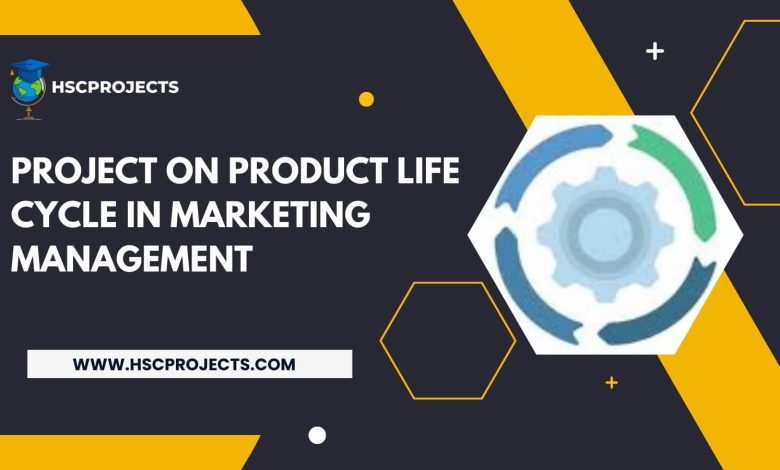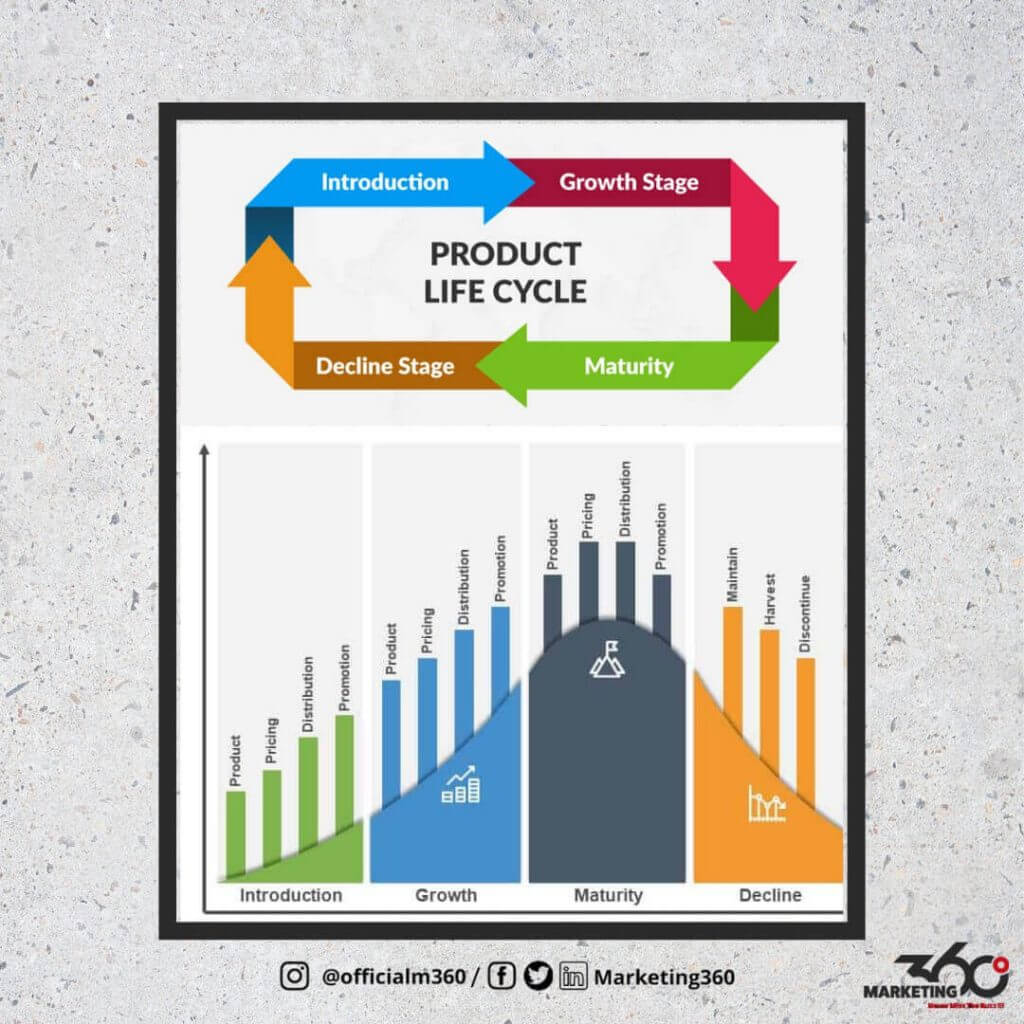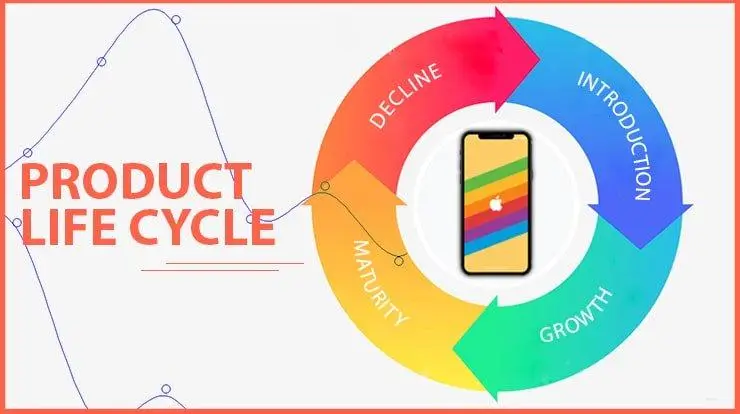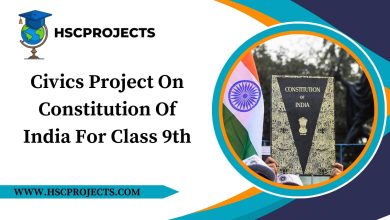
Project on product life cycle in marketing management
Introduction
In the dynamic realm of marketing management, the Product Life Cycle (PLC) serves as a cornerstone framework, illuminating the intricate journey a product undertakes from its inception to its eventual market fade. A sagacious comprehension and adept management of the PLC are imperative for marketers, empowering them to navigate the terrain judiciously and devise strategies tailored to each stage.
The PLC unfolds in four cardinal stages: Introduction, Growth, Maturity, and Decline. Each stage unfurls distinct challenges and opportunities, demanding nuanced marketing methodologies for optimal product triumph.
Objectives
- Analyze the Different Stages of the Product Life Cycle
- Delve into the characteristics and intricacies characterizing each stage.
- Discern key indicators pivotal for seamless transitions between stages.
- Understand the Strategies Employed at Each Stage
- Embark on an exploration of marketing strategies curated for the Introduction, Growth, Maturity, and Decline stages.
- Discuss the symbiosis between these strategies and overarching business objectives.
- Explore Real-World Examples of Products at Various Life Cycle Stages
- Scrutinize compelling case studies featuring renowned products, providing tangible illustrations of PLC concepts in action.
- Uncover the determinants contributing to their triumphs or setbacks across diverse life cycle stages.

Theoretical Framework
- Definition of Product Life Cycle
The Product Life Cycle, a conceptual framework, delineates the evolutionary trajectory of a product, commencing with its debut and culminating in its eventual departure from the market. This theoretical construct equips businesses with the acumen to comprehend and adapt to the ever-evolving market dynamics.
- Introduction Stage
Embarking on the introductory odyssey, this stage heralds the product’s market initiation. Key attributes include:
- Modest sales in the nascent phase of product visibility.
- Strategic investments channelized into robust marketing and promotional endeavors.
- Establishment of pivotal distribution channels to facilitate market permeation.
- Growth Stage Within the crescendo of the growth stage
- Sales undergo a meteoric ascent.
- The competitive landscape witnesses the influx of contenders.
- Marketing strategies pivot towards the ambitious expansion of market share.
- Maturity Stage The maturity stage, a plateau of equilibrium, is characterized by
- Sales stabilization, marking a zenith in market penetration.
- Market saturation prompts heightened competition and an accentuated focus on product differentiation.
- Decline Stage Navigating the descent into the decline stage
- Sales dwindle, propelled by market saturation or shifting consumer inclinations.
- Contemplation of product withdrawal or strategic repositioning becomes imperative.
B. Characteristics of Each Stage
- Introduction During the initiation phase
- Corporate endeavors converge on cultivating product awareness and securing initial market embrace.
- Marketing initiatives zero in on stimulating demand through strategic advertising and promotional escapades.
- Products often feature limited variations, and distribution channels are judiciously selected.

Conclusion
In conclusion, the Product Life Cycle (PLC) serves as an indispensable compass for businesses navigating the complex terrain of the market. The nuanced understanding of each stage—Introduction, Growth, Maturity, and Decline—equips marketers with the foresight to tailor strategies that resonate with the unique challenges and opportunities presented at every juncture. From the embryonic stages of market entry to the eventual contemplation of withdrawal or repositioning, the PLC illuminates a roadmap for informed decision-making.
Adaptability and astute management throughout the PLC are paramount. Successful businesses leverage the characteristics of each stage to their advantage, employing tailored marketing strategies that align with overarching business goals. Real-world examples underscore the applicability of PLC concepts, illustrating the triumphs and setbacks of products across diverse life cycle stages.
As businesses endeavor to thrive in an ever-evolving market landscape, the Product Life Cycle emerges not merely as a theoretical construct but as a pragmatic guide, shaping the trajectory of products and influencing the strategic landscape of marketing management.
Bibliography
- [Author’s Last Name, First Initial. (Year). Title of the Book. Publisher.]
- Kotler, P. (2000). Marketing Management: Analysis, Planning, Implementation, and Control. Prentice Hall.
- Levitt, T. (1965). Exploit the Product Life Cycle. Harvard Business Review, 43(6), 81-94.
- Porter, M. E. (1980). Competitive Strategy: Techniques for Analyzing Industries and Competitors. Free Press.
- Rogers, E. M. (1962). Diffusion of Innovations. Free Press.
Certificate of Completion
[Student’s Name][Class/Grade Level]This is to certify that I, [Student’s Name], a [Class/Grade Level] student, have successfully completed the “Project on product life cycle in marketing management.” The project explores the fundamental principles and key aspects of the chosen topic, providing a comprehensive understanding of its significance and implications.
In this project, I delved into in-depth research and analysis, investigating various facets and relevant theories related to the chosen topic. I demonstrated dedication, diligence, and a high level of sincerity throughout the project’s completion.
Key Achievements:
Thoroughly researched and analyzed Project on product life cycle in marketing management.
Examined the historical background and evolution of the subject matter.
Explored the contributions of notable figures in the field.
Investigated the key theories and principles associated with the topic.
Discussed practical applications and real-world implications.
Considered critical viewpoints and alternative theories, fostering a well-rounded understanding.
This project has significantly enhanced my knowledge and critical thinking skills in the chosen field of study. It reflects my commitment to academic excellence and the pursuit of knowledge.
Date: [Date of Completion]Signature: [Your Signature] [School/Institution Name][Teacher’s/Examiner’s Name and Signature]
In order to download the PDF, You must follow on Youtube. Once done, Click on Submit
Download Project on product life cycle in marketing management PDF






